1. Using Duct Tape to Hold a Bumper On
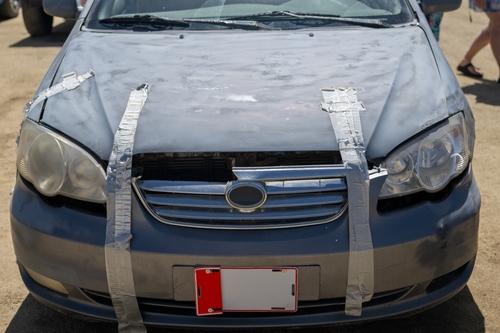
We’ve all seen movies where a car’s falling-apart bumper gets slapped back with duct tape, and honestly, it seems like a miracle sometimes. In a pinch, it might keep your bumper from dragging or falling off entirely. It’s cheap, easy, and you probably already have some in your trunk. The immediate relief is undeniable—you can drive to the nearest mechanic without losing a piece of your car.
The downside? Duct tape isn’t made to withstand wind, heat, and grime for long stretches. It can leave sticky residue that’s tough to remove and may damage your paint. Prolonged use can also allow your bumper mounts to rust or weaken. Essentially, what seems like a lifesaver can lead to a far bigger repair bill later.
2. Starting a Car by Pushing It

Push-starting a manual car is a classic move when the battery dies, and it’s surprisingly effective if you’re in a hurry. You just get it rolling, pop the clutch, and—voila—your engine fires up. It’s thrilling to feel the car lurch forward as it comes alive, and it can save you from being stranded on a quiet road. For older cars or those with dead batteries, this feels like a superhero moment.
Unfortunately, this technique puts immense stress on your transmission and clutch system. Repeated push-starts can cause significant wear, especially in newer cars not designed for it. It also risks damaging your catalytic converter if the engine misfires during the process. What started as a clever trick can easily turn into expensive repairs.
3. Pouring Soda Into the Radiator
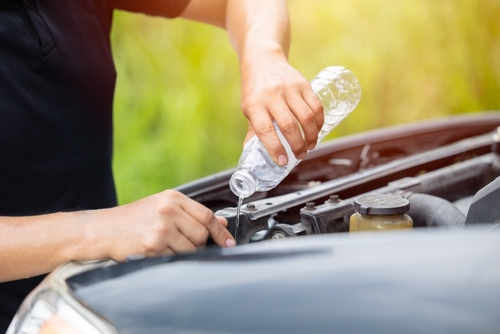
If your engine is overheating, a quick pour of cola or soda might seem like a clever hack. The fizz and sugar seem harmless, and it’s a story that’s been floating around roadside tips for decades. Some people swear it temporarily cools things down enough to limp to a garage. It’s cheap, easy, and most of us have a soda in the glove compartment.
The reality is brutal: sugar and other additives can gum up the cooling system fast. It can corrode metal, clog hoses, and ruin your water pump. You’re trading a short-term “cool down” for a major engine headache. A professional coolant flush is the only real solution.
4. Using Super Glue to Fix Plastic Parts
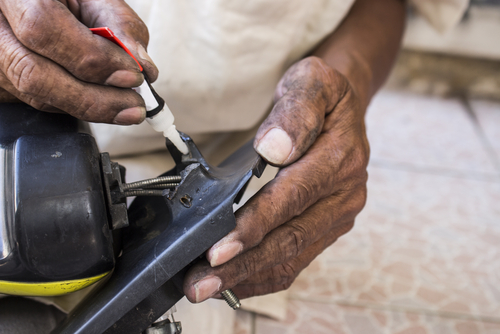
Plastic clips, broken mirrors, or cracked light housings often get a quick squirt of super glue on the side of the road. It dries fast and seems to hold things together just enough to make it home. It’s tempting because it’s cheap, portable, and gives an immediate sense of control. You can even feel a little proud of your ingenuity when it actually holds for a short drive.
Super glue, however, isn’t flexible, and cars move, vibrate, and heat up constantly. That rigid bond often cracks within hours or days. It can make future repairs more difficult and even damage the plastic further. Essentially, a fix that looks smart on the surface is usually a long-term nightmare.
5. Using a Screwdriver to Patch a Flat Tire
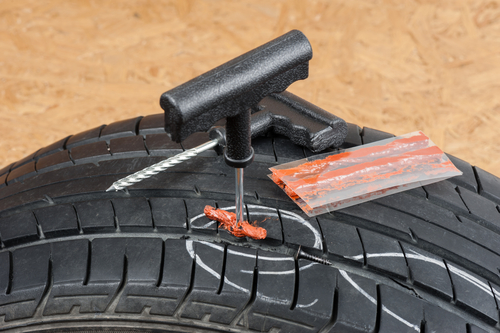
If you get a nail in your tire, your first thought might be to shove something in and drive to a service station. A screwdriver can poke or enlarge the hole, letting a plug go in easier. It’s a quick, satisfying solution if you’re stranded. You feel clever and resourceful, like a roadside MacGyver.
But poking around with metal in your tire can turn a small puncture into a catastrophic blowout. It can rip the inner structure of the tire, making it unsafe at highway speeds. A plug or patch should be done with the right tools, not whatever’s in your glove box. That little “shortcut” could cost you a whole tire replacement.
6. Using WD-40 as a Brake Fix
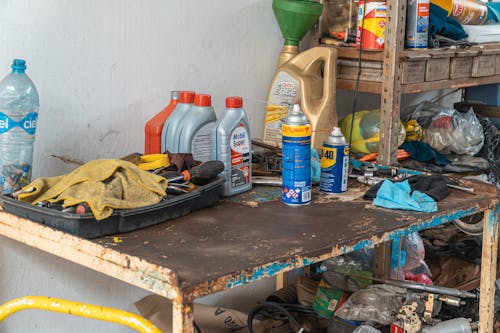
Squeaky brakes can be infuriating, and spraying WD-40 seems like a magic cure. It penetrates and lubricates metal parts quickly, and you might think it’s solving the problem. The immediate relief feels real, especially if you just need to get moving again. People love it because WD-40 is everywhere and feels like a multi-purpose miracle.
Unfortunately, spraying WD-40 on brakes drastically reduces friction, which is exactly what makes brakes work. It can make stopping distances dangerously long and put you at risk of accidents. The temporary fix is outweighed by the safety hazard. Real brake issues demand proper pads, rotors, or fluid maintenance.
7. Using a Coat Hanger for a Fuel Line Fix
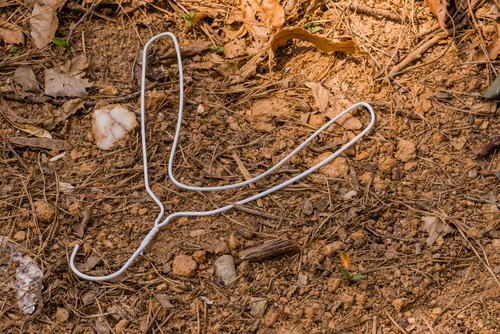
A bent coat hanger can sometimes serve as a makeshift fuel line or clamp if yours fails. It’s a classic emergency tool, and when you’re on the side of the road, desperate creativity feels justified. You can thread it, twist it, and temporarily hold fuel hoses in place. It seems like a clever lifehack when you’ve got nothing else.
The truth is, metal that isn’t designed for fuel systems can rust, puncture, or leak. Even tiny leaks are fire hazards and can cause catastrophic engine problems. It’s a temporary solution with extreme long-term consequences. What feels ingenious could literally backfire.
8. Using Nail Polish to Seal a Small Crack

A tiny crack in a windshield or plastic trim can make people reach for clear nail polish. It’s clear, dries fast, and looks neat from a distance. The satisfaction comes from seeing that “crack” vanish almost instantly. You feel like you’ve bought yourself days, maybe weeks, before a proper fix.
Nail polish, however, is not structurally strong and can peel or bubble. On a windshield, it won’t prevent cracks from spreading under heat, pressure, or vibration. It can even make the glass harder to repair professionally later. That quick cosmetic fix can turn into a much larger safety issue.
9. Using a Penny to Test Tire Depth—and Keep Driving
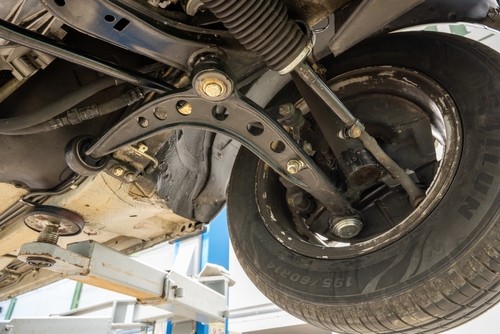
Some people stick a penny in their tire tread and decide “it’s fine” to keep going. It seems like a simple, smart check that gives peace of mind. You feel in control of your car’s health without needing a mechanic. It’s cheap, fast, and requires zero tools besides a penny.
But using this shortcut often underestimates true tread wear. Tread can look fine superficially while being unsafe in wet or snowy conditions. Driving on marginal tires risks hydroplaning or blowouts. That little coin trick can give a false sense of security and end up costing you a lot more.
10. Jumpstarting With Random Wires
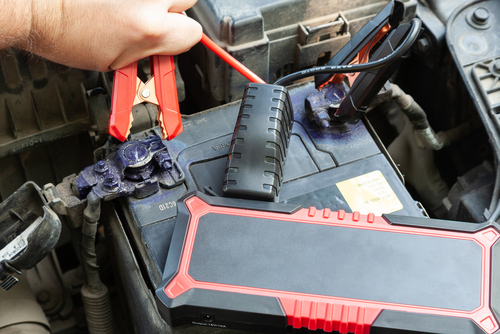
Sometimes, stranded drivers will try to rig up jumper cables with whatever wires are available. It can get the car running instantly, which is thrilling if you’re stuck on the roadside. You feel like you just performed a high-stakes experiment. Immediate gratification is hard to resist when you’re cold, tired, or in a hurry.
Improper wiring, however, can fry electronics, melt insulation, or start a fire. Modern cars have delicate systems, and one wrong connection can damage a computer module. That instant thrill can quickly become a mechanic nightmare. What seems like genius improvisation is often destruction waiting to happen.
11. Using Tape on a Leaky Radiator Hose
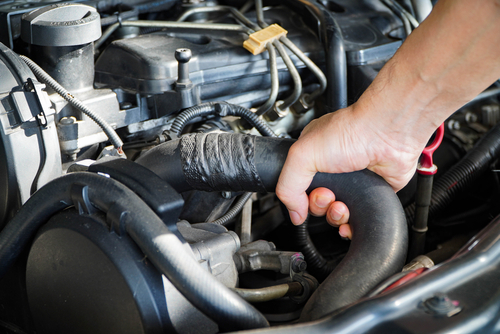
When a radiator hose springs a leak, wrapping it with tape seems like a lifesaver. It temporarily stops coolant from spraying everywhere, and it feels like a quick, smart patch. You can drive to a nearby repair shop without the coolant disappearing entirely. The satisfaction of a “fixed” hose is undeniable when the road ahead is uncertain.
In reality, tape cannot withstand the heat, pressure, and vibrations of a working cooling system. It will fail quickly, potentially causing overheating or engine damage. The hose itself may also weaken further at the wrap point. That roadside fix is a recipe for a much bigger engine problem.
12. Using a Zip Tie as a Suspension or Exhaust Fix
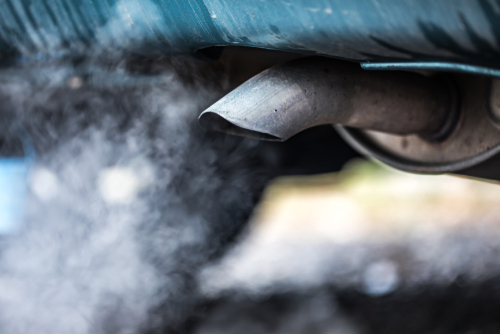
When something rattles or hangs low under your car, zip ties can seem like magical little saviors. They’re cheap, abundant, and ridiculously easy to loop around whatever needs support. For a moment, it feels like you’ve solved a major problem with zero skills. The relief is immediate and satisfying when driving to the next garage.
Zip ties, though, are not engineered to handle heat, weight, or vibration long-term. They break, melt, or snap, potentially leaving your car part dangling or worse. Using them as a structural fix can make existing problems worse. That little “hack” can lead to a costly tow or replacement instead of a simple repair.
This post 12 Roadside Fixes That Work in a Pinch — and Then Destroy Your Vehicle was first published on Greenhouse Black.
